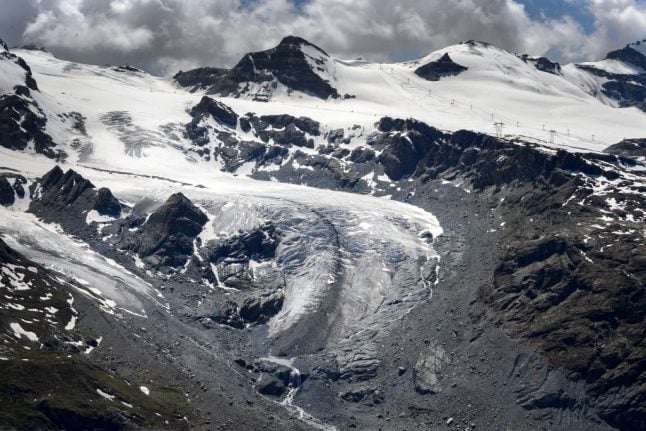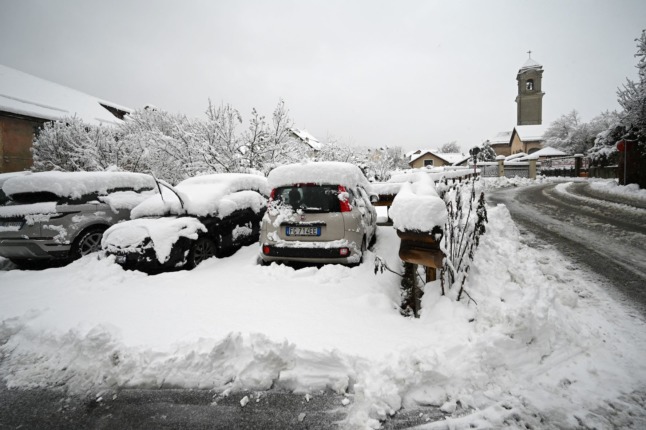The climate as we know it in the Northern Hemisphere —warm summers and cold winters — is changing.
What causes warmer winters?
Blame the Arctic weather pattern that scientists believe is trapping cold air in the polar region, stopping it from flowing south. Unfortunately, this phenomenon could become ‘the new normal’ as global warming increases in pace.
What kind of changes are taking place in Switzerland because of the warmer climate?
According to climate expert Julien Perrot, unseasonable temperatures are disrupting the natural cycle: the dandelions are starting to come out of the ground, the crocuses are open, the snakes are out and about when they should still be in hibernatation, and the amphibians have started their migration towards the marshes.
If the warm-winter trend continues, various species could become weaker and change their behavioural patterns in order to adapt. That is not the evolutionary path that nature intended.
Why is this bad?
We can expect far-reaching and devastating consequences of warmer winters, such as glaciers continuing to melt at an alarming rate. Lakes, including those in Switzerland are warming faster than the surrounding environment.
As ice melts, more water flows into Alpine lakes, eroding the coastline and increasing the risk of flooding.
According to a document issued by the Swiss Agency for Development and Cooperation (SDC), “we are seeing changes in the number and size of lakes which are related to global warming”.
The report goes on to say that “the retreat of glaciers is one of the most dramatic signs of global warming and has a major impact on security and how millions of people live their lives”.
READ ALSO: Swiss glaciers shrink ten percent in five years
The situation was especially bad after last summer’s heatwaves
During two weeks of intense heat at the end of June and again in late July, the volume of snow and ice melting on Swiss glaciers … was equivalent to the country’s total annual consumption of drinking water.
A special commission at the Swiss Academy of Sciences said: “This means that, over the past 12 months, around two percent of Switzerland’s total glacier volume has been lost,” the commission said, adding that the rate of loss over the past five years “exceeds 10 percent.”
That marks “a rate of decline never previously observed in the time series extending back for more than a century,” it said.
Aside from melting glaciers, are Alps in any other danger due to warmer weather?
Yes, increasing temperatures are causing massive rock slides in the mountains because the permafrost layers which used to be permanently frozen are now melting. This is happening throughout the Alps, including in the Matterhorn and the Eiger.
When nature is out of whack, as it is now, “it’s hard not to be a catastrophist”, Perrot said.
“We have potentially entered a disaster phase and we have to wake up urgently”, he added.
READ MORE: Swiss cities enjoy record sunny January, but what’s next for winter?




 Please whitelist us to continue reading.
Please whitelist us to continue reading.
Member comments